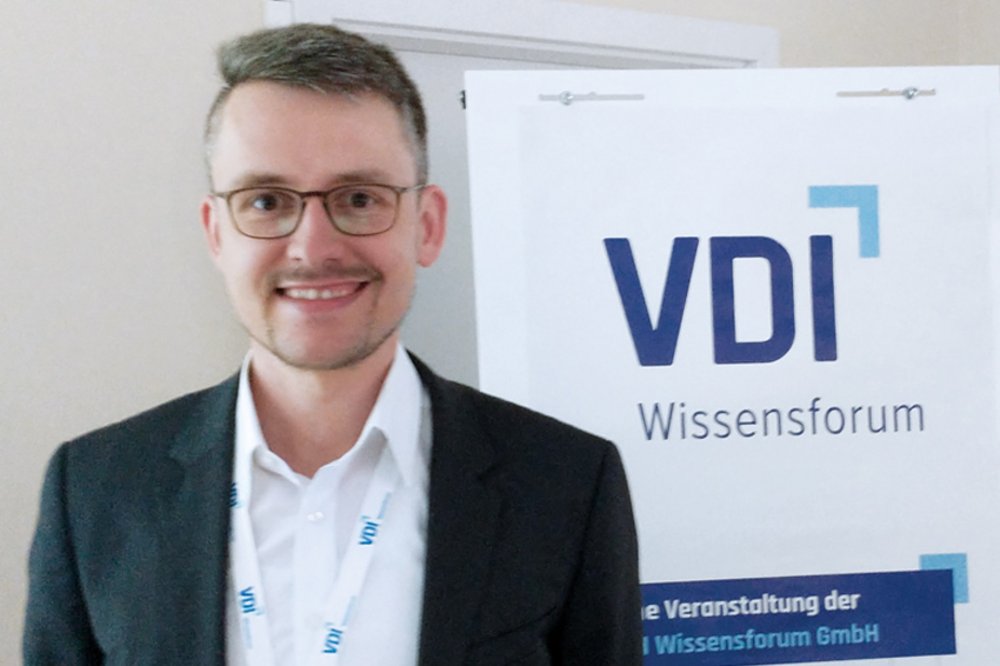Presentation at the 21st VDI Conference on Firing and Boilers
Mathematical-physical model for the prediction of high-temperature chlorine corrosion in waste incineration plants
Together with Dr Sebastian Pentz (University of Augsburg), Dr Matthias Hämmer presented a ‘corrosion model’ at this year‘s VDI conference ‘Firing and Boilers – Coatings and Corrosion – in Large Combustion Plants’.
This was developed as part of the IGF project 21352 N ‘Reduction of high-temperature chlorine corrosion to increase energy efficiency when using alternative fuels’ (duration 2021-2023). In detail, this is a mathematical-physical model for the calculation and prediction of steady-state high-temperature chlorine corrosion of superheater tubes in power plants with alternative fuels.
High-temperature chlorine corrosion as a limiting factor
High-temperature chlorine corrosion is one of the main limiting factors for the service life and operating temperatures of power plants using alternative fuels such as domestic waste, substitute fuels or biomass. Since the aim of the plants is to utilise energy, the flue gas flow contains complex systems for heat extraction that are exposed to the corrosive flue gases and are therefore subject to severe corrosion – such as the final superheater tubes, which are particularly exposed to the flue gas.
In thermal power plants, increasing the pressure and temperature of the steam results in higher efficiency and therefore a reduction in specific CO2 emissions. However, by increasing the performance-relevant parameters, the formation of deposits and thus the corrosive attack increase exponentially. High-temperature chlorine corrosion results in damage to the superheater tubes and thus in limited travelling times and downtimes, and in the worst case also in unplanned outages. This significantly
increases system downtimes as well as maintenance and repair costs.
Planning tool for plant operators
The corrosion model presented now makes it possible to predict the corrosion attack as a rate of erosion on the steel of the superheater tube depending on the operating conditions. This makes it suitable as a planning tool for plant operators. The model is made up of six quantitative sub-models (flue gas aerosol, deposition, sulphation, gas phase diffusion, solid state diffusion, corrosion attack) and is based on laboratory and plant tests from the current project and a large number of previous projects as well as other data from the scientific literature.
